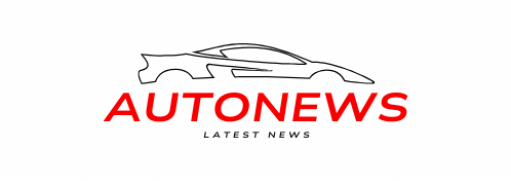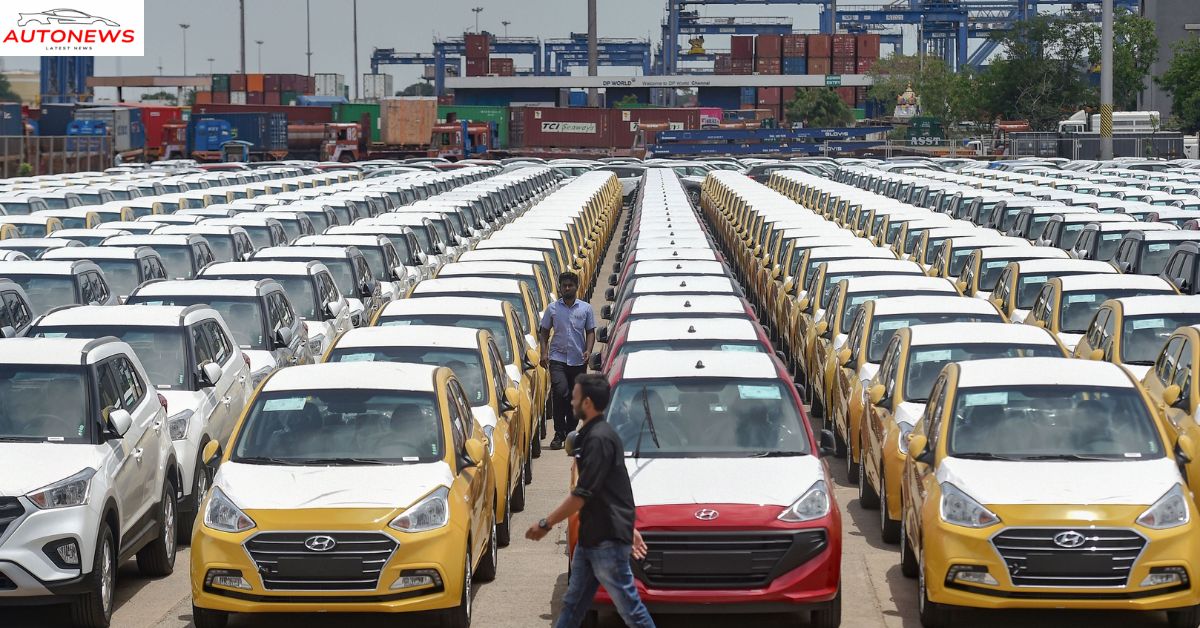In July 2025, U.S. auto sales recorded a noteworthy rise overall, even amid headwinds from tariffs and affordability challenges. Retail sales climbed about 4.1% year‑over‑year, with total sales up around 3.2%, according to J.D. Power and GlobalData. Although an extra selling day contributed to a raw 7.4% rise, platforms cite a more moderate 4–8% real volume increase after adjustments.
The seasonally adjusted annual rate (SAAR) hit 15.9 million units, up from 15.5 million in May–June, reflecting a modest but improving pace. The average transaction price climbed to around $45,063, up 2.1% or $938 versus July 2024. This record consumer spending hit nearly $49.8 billion for July—another first for the month.
🚙 Manufacturer Highlights: Toyota, Ford, Hyundai & More
Toyota
Toyota North America saw a strong Q2, with 7.2% growth (666,469 units)—driven by demand for sedans like Camry and SUVs like RAV4. In July, Toyota’s sales performance was more mixed: total sales declined by 5.1%, with RAV4, Camry and Corolla falling. However, the Lexus brand rose by 16%, buoyed by strong RZ and RX crossovers. Toyota’s electrified vehicle (hybrid + EV) sales jumped 45% year‑over‑year. Sales across the Toyota brand outside Lexus remain robust for hybrids, offering a buffer against broader declines.
Ford
Ford posted a 9.3% jump in U.S. sales in July, moving 189,313 vehicles, up from 173,223 a year ago. Key drivers were SUVs and the F-Series pickup, which rose 6.6% to 73,538 units. Ford’s aggressive “zero‑zero‑zero” financing campaign—$0 down, 0% interest for 48 months, no payments first 90 days—helped boost demand and gain market share.
Hyundai
July was a banner month for Hyundai: total sales up 15% year‑over‑year to 79,543 units, setting a new record for July. Retail sales rose 18% to 73,064 units, with electrified vehicle sales surging 50%, now constituting 32% of the retail mix. IONIQ 5 led the charge with retail sales up 71%, and new model records for Elantra HEV/N, Santa Fe HEV, and Palisade were achieved. These strong results come amid Hyundai’s broader 2025 first-half momentum, where total sales are up 10% year‑over year.
Other Automakers
- Mazda continues its hot streak, posting a 30% July gain to 39,866 units—its best July ever.
- Subaru also saw an uptick of 2.6%, with the Crosstrek delivering a standout 36% gain, marking its best-ever July performance.
- Kia, by contrast, experienced a 10% decline, although EV sales nearly doubled year-to-date thanks to the new EV9 model.
🧭 What’s Powering This Surge?
1. Tariff-driven pull‑ahead demand
Tariffs on auto imports earlier this year spurred consumers to accelerate purchases in April and May, and some of that demand carried into improving volumes in July—even as the “pull-forward” effect faded.
2. EV Tax Credit Countdown
Buyers are rushing to beat the $7,500 federal EV tax credit, which expires on September 30, 2025. Multiple automakers are offering promotions, such as Ford’s free home charger deal, to capitalize on this window. This pre-buy momentum is giving battery-electric vehicle (BEV) sales a lift in July, with EV mix expected to hit ~9% for the month vs. a YTD average of 7.3%.
3. Financing & Incentives
Ford’s “zero‑0‑0” campaign made buying more accessible; industry incentives overall rose slightly in absolute dollars (average of $3,051 per vehicle) though incentive as a percentage of MSRP dipped to 6.1%.
4. SUV, Truck & Hybrid Focus
Consumers continue favoring larger vehicles. Hyundai’s Palisade and Santa Fe HEV and Ford’s F‑Series and Explorer resonated strongly. Toyota maintained electrified momentum with hybrids even as mass-market model deliveries slipped.
📊 Summary Table
| Automaker | July YoY Change | Key Drivers |
|---|---|---|
| Toyota | –5.1% descent (brand) | Lexus +16%, hybrids +45% |
| Ford | +9.3% | SUVs, F-Series +6.6%, zero‑0‑0 financing |
| Hyundai | +15% (total) | EV/hybrid records, IONIQ 5 +71% |
| Mazda | +30% | Best‑ever July |
| Subaru | +2.6% | Crosstrek +36% |
| Kia | –10% (brand) | Strong EV growth offset loss elsewhere |
🔮 What to Watch Next
- Q3 surge: Analysts expect pre‑credit EV buying to persist through September, possibly boosting total volumes before a sharp slowdown in Q4.
- Tariffs and pricing pressure: With tariffs remaining in effect, automakers face potential margin compression and pricing cap limits, particularly from Korea-based brands like Hyundai and Kia.
- Affordability trends: Despite strong EV and hybrid lift, average transaction prices remain high, potentially deterring price-sensitive buyers in coming months.
✅ Conclusion
July 2025 auto sales in the U.S. reflect a complex mix of incentives, product alignment, and strategic execution:
- Hyundai emerged as a clear standout with its electrified mix and record-breaking July.
- Ford’s truck/SUV strength and creative financing underpinned solid year‑over‑year growth.
- Toyota leaned on luxury and hybrids to offset declines in mass-market models.
- Mazda and Subaru benefited from rising consumer interest and standout models.
Despite headwinds from tariffs, rising interest rates, and affordability concerns, the industry posted respectable growth in July—driven by electrification urgency, vehicle mix, and creative promotions. Going forward, the withdrawal of EV incentives and continued economic pressures may reshape demand into early 2026.

